2020 官网升级中!现在您访问官网的浏览器设备分辨率宽度低于1280px请使用高分辨率宽度访问。
Are you in the market for a rock drill bit but unsure where to start? Look no further. This guide will help you make the perfect choice for maximum efficiency and performance. With so many options available, it’s easy to feel overwhelmed. But fear not, we’ve got you covered.
In this comprehensive guide, we will walk you through everything you need to know about rock drill bits. From understanding the different types and their advantages to selecting the right size and material, we will provide you with all the essential information to make an informed decision.
Whether you are a professional in the mining or construction industry or an enthusiast tackling a challenging project, choosing the right rock drill bit is crucial for achieving optimal results. Don’t settle for subpar performance or waste time and resources on ineffective tools. Let us guide you toward selecting the high-quality rock drill bit that will help you complete your tasks with ease and precision.
Understanding the Different Types of Rock Drill Bits
When it comes to rock drill bits, one type does not fit all. Each type of drill bit is designed for a specific drilling application. Understanding the different types and their advantages is the first step towards selecting the high-quality bit for your needs.
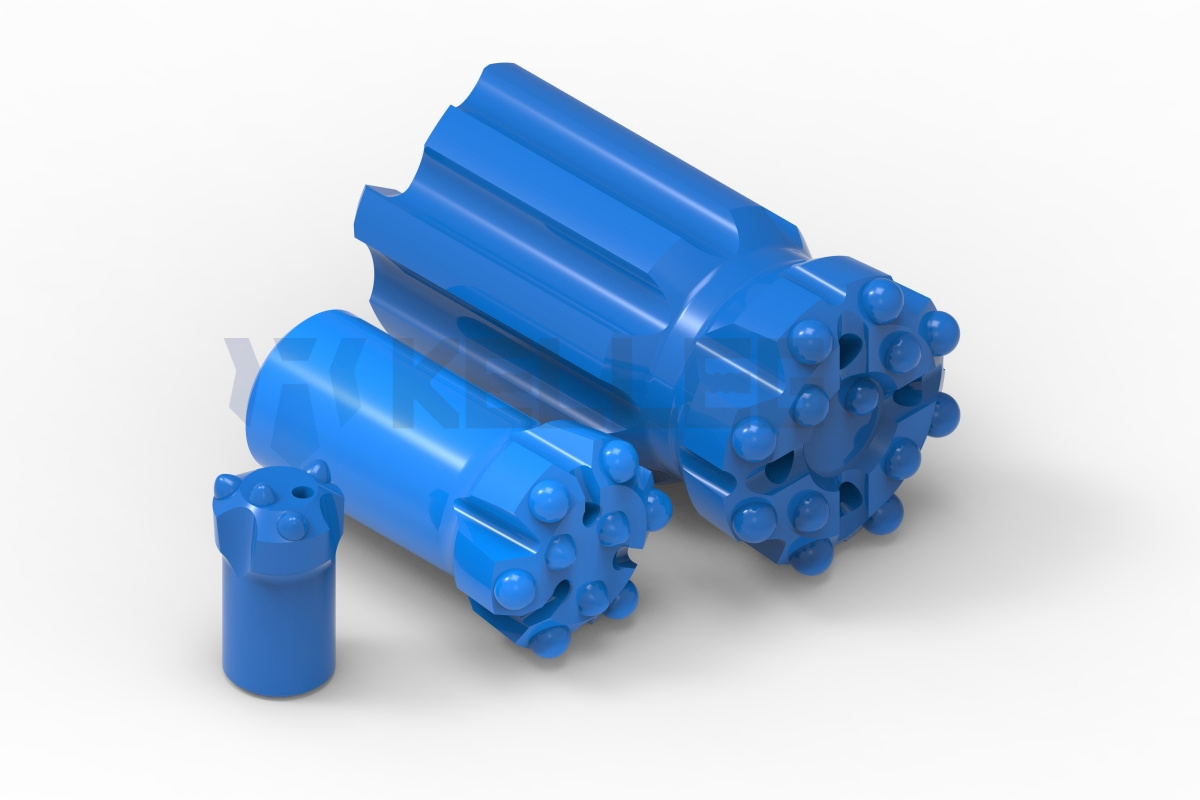
1. Tapered bit
Tapered drilling tools refer to a type of light rock drilling tools that use the taper hole of the skirt body to connect with the cone of the drill rod to realize the impact and rotation transmission of the rock drill. Tapered drilling tools include tapered bits and drill rods. Tapered bits include chip bits and button bits, and they are mainly used in mining, tunnel engineering, roadway excavation, stone mining, and other working conditions.
2. Threaded button bit
Because of its reliable connection, it can transmit high torque and is easy to extend the drill rod, so it is commonly used on drilling frames or drill jumbos to drill deeper and larger diameter holes.
3.DTH drill bit
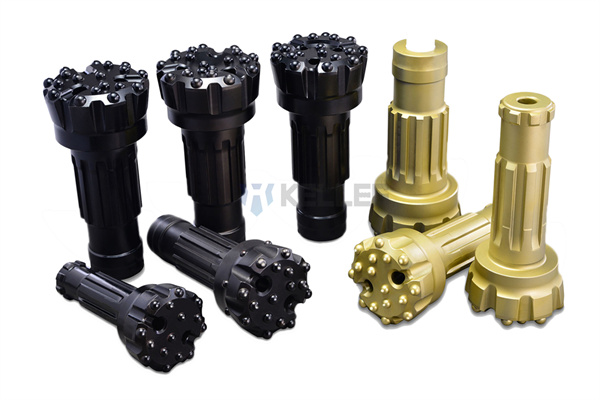
The DTH drill bit is a kind of drill tool connecting the impactor with the spline of the drill bit to guide and transmit the rotation for the impact, with the drill bit and the DTH hammer diving into the hole to break the rock. DTH drill bits include high, medium, and low wind pressure DTH drill bits. It is mainly used in large open-pit mines, underground ore mining, anchoring engineering, quarrying rock drilling, construction engineering rock drilling, and large-scale engineering construction.
4. Roller cone bit
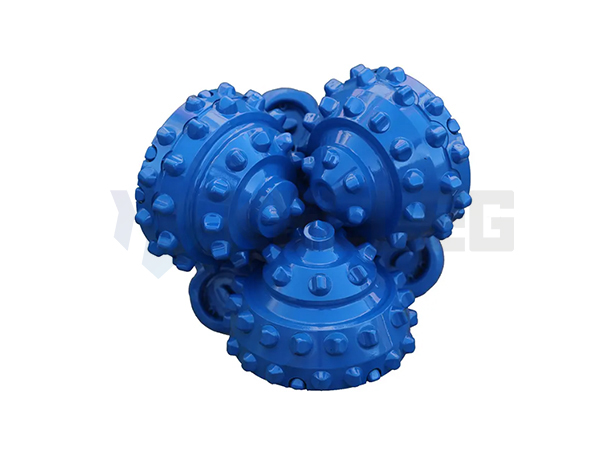
The roller cone bit is the most commonly used type of drilling bit. During operation, the cutting teeth of the roller cone bit make alternating contact with the bottom of the well. It results in lower rock-breaking torque and a smaller contact area between the cutting teeth and the bottom of the well, leading to higher specific pressure and easier penetration into the formation. Due to the larger total length of the working edge, wear is relatively reduced. Roller cone bits are capable of adapting to a variety of formations, ranging from soft to hard.
5.PDC drill bit
The Polycrystalline Diamond Compact drill bit, commonly known as the PDC drill bit, is comprised of a small cutting block made from polycrystalline diamond (in a thin disc shape) that is inserted or sintered into the drill bit body. This type of drill bit is utilized in formations ranging from soft to medium-hard.
Factors to Consider When Choosing a Rock Drill Bit
Now that you know about the different types of rock drill bits, let’s dive deeper into the factors you should consider when choosing. By considering these factors, you can ensure that you select a bit that is not only the right fit for your rock drilling equipment but also optimized for maximum efficiency and performance.
Properties of the rock
The hardness, brittleness, abrasiveness, and other rock properties are the primary factors to consider when selecting rock drill bits. Different properties of rock require different types of drill bits. For example, hard rock requires a drill bit with better wear resistance, while soft rock can choose a drill bit that drills faster.
Drilling method
Different drilling methods (such as rotary drilling and impact drilling) have different requirements for drill bits. Rotary drilling necessitates drill bits with excellent wear resistance and stability, whereas impact drilling requires bits capable of withstanding high-impact loads. Therefore, when choosing a drill bit, make sure it matches the drilling method.
Drill bit size
Drill bit size includes diameter, length, and other parameters. The selection of these parameters directly affects drilling efficiency and hole size. When selecting the size of a drill bit, it’s crucial to comprehensively consider factors such as hole diameter requirements, drilling speed, and equipment capabilities.
The Material and Design of the Rock Drill Bit
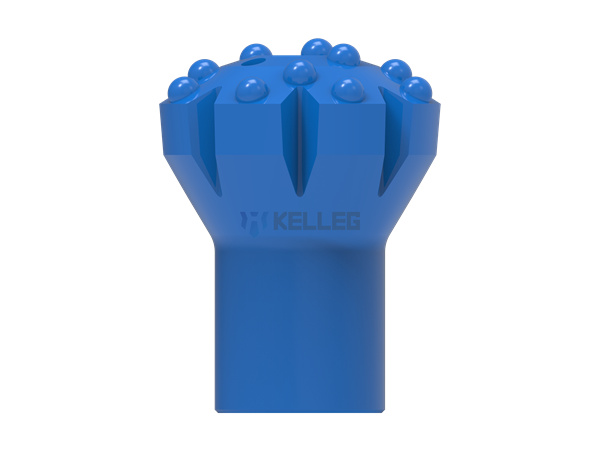
In addition to understanding the different types of rock drill bits and the factors to consider, the materials and design of the rock drill bit itself are also crucial. These factors can significantly impact a drill bit’s durability, performance, and effectiveness.
Material quality
The material quality of rock drill bits directly affects their wear and impact resistance. High-quality materials can prolong the service life of drill bits and improve work efficiency.
Structural design
The design of a rock drill bit plays an essential role in its performance and efficiency. The structural design of the drill bit includes the shape and arrangement of carbides. Reasonable structural design can improve the crushing efficiency of drill bits and reduce energy loss.
Maintenance and Care for Rock Drill Bits
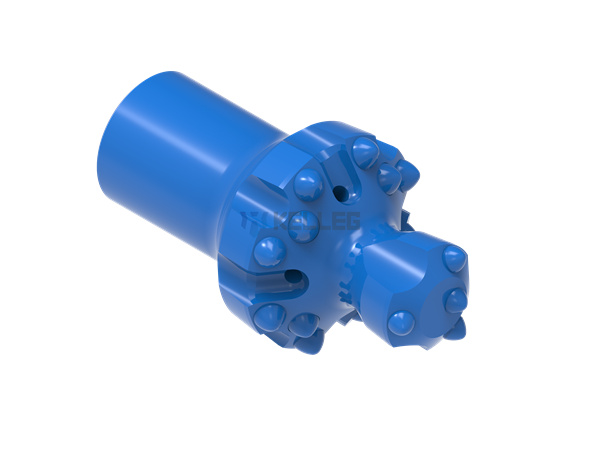
To ensure maximum efficiency and performance from your rock drill bit, proper maintenance and care are essential. Neglecting maintenance can lead to premature wear, reduced drilling efficiency, and increased costs. Here are some tips to help you maintain your rock drill bits in top condition:
1. Regular Inspections
Regularly inspect your rock drill bits for signs of wear, damage, or dullness. Replace worn or damaged bits promptly to maintain drilling efficiency and prevent further damage to the drilling equipment.
2. Cleaning and Lubrication
Clean your rock drill bits after each use to remove any dirt, debris, or rock particles that may affect performance. Apply a suitable lubricant to reduce friction and enhance the cutting action of the bit.
3. Proper Storage
Store your rock drill bits in a clean, dry, and secure location to protect them from environmental factors that may cause corrosion or damage.
Conclusion
Choosing the high-quality rock drill bit for maximum efficiency and performance is crucial for obtaining the best results on your rock drilling project. By understanding the many facets of rock drill bits, you can make an informed decision and choose the right drill bit for your needs.